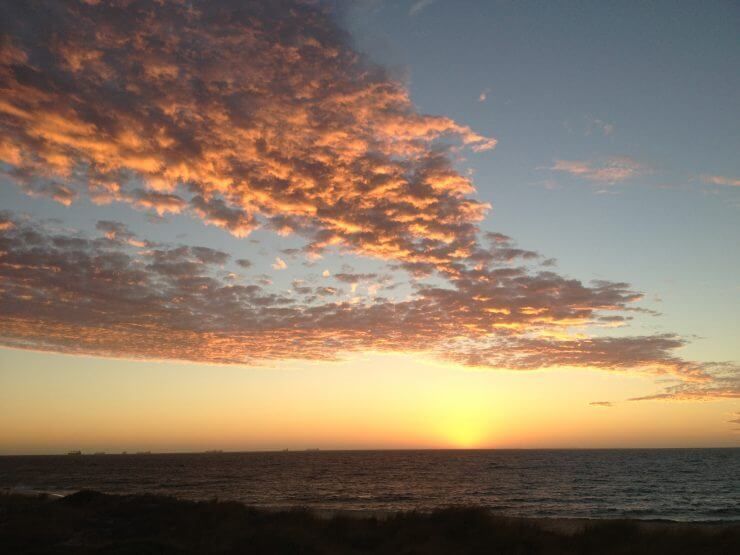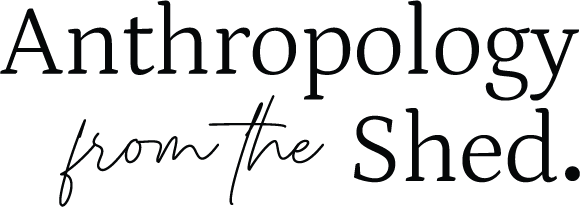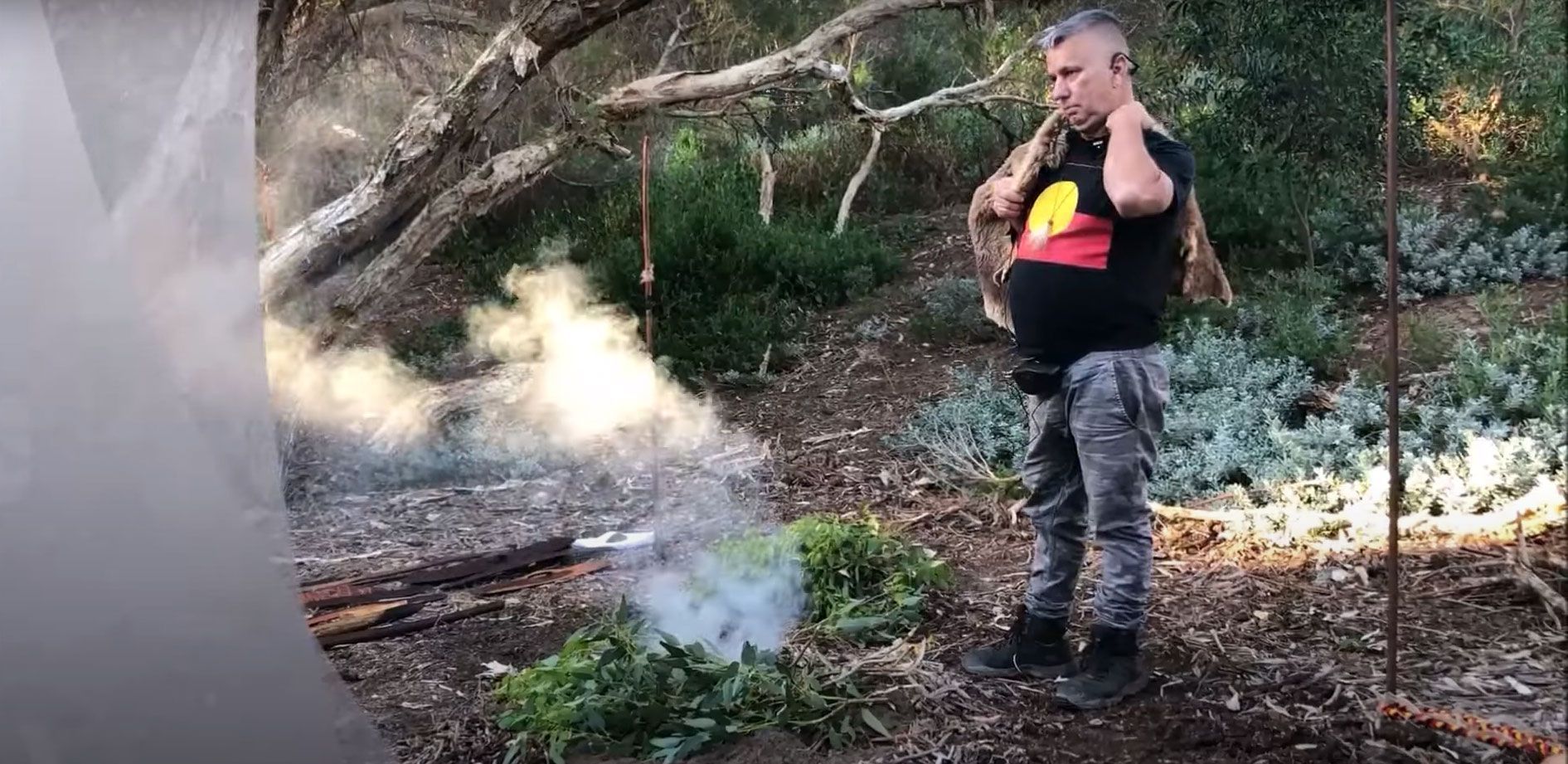“Light time” in early Noongar culture
It has often been assumed that traditional Aboriginal people lived in a timeless society. The eternal Dreamtime or Dreaming was understood to encompass the past, present and future. While this notion of timelessness may be true from a mythological perspective, what often goes unacknowledged is that Aboriginal hunter-gatherers evolved over many thousands of years a functionally-appropriate system of time reckoning based on natural phenomena. Their daytime reckoning system comprised a number of sequential daylight phases that categorised the sun’s position and movement across the sky.
In our paper on ‘Day time reckoning’ https://www.anthropologyfromtheshed.com/day-time-reckoning-light-time-in-traditional-noongar-culture we have tried to provide an ethnographic glimpse of how Noongar people traditionally reckoned time using the position of the sun throughout the day. Our analysis of early ethnohistorical descriptive wordlists suggests that the Noongar distinguished at least nine temporal divisions of day and possibly even subtler differential phases that were not recorded.
The term “light time” is our own invention to signify how indigenous categories of time between dawn and dusk involved levels of sunlight intensity or luminosity. “Light time” derives meaning only when contrasted with night or “dark time.” The “dark-light” oppositional theme traditionally permeated the core structures of Noongar society, including the “dark” and “light” moieties, “dark” and “light” seasons, “dark” and “light” constellations and the classification of birds, plants and animals into “dark” and “light” totems. Surviving ethnographic records provide only a hint of the complexity of these rather complicated classificatory systems. In many respects the “dark” and “light” seasons may be seen to represent a macrocosm of the day-night cycle.
Day cannot be understood without reference to its antithesis – the night. Where possible we have translated some of the idiomatic and colourful expressions to show how indigenous people perceived time, for example, the term for dawn “‘Nanga Warloo’ literally translates as ‘the sun coming back.’ It is the sun’s “return” rather than its “arrival” that is being emphasised. It suggests that the return of light was expected and anticipated and no doubt provided a welcome release from the powers of darkness that ruled the night. Night time was much feared as it was believed that the dangerous and invisible marauding spirits and beings that inhabited the darkness had powers to revenge, injure and kill anyone who transgressed tribal Law.
Aboriginal people were able to arrange future events, including social gatherings, ceremonies and economic activities using time constructs based on seasonality and light time categories. Night time categories were based on the cycle of the moon and seasonal planetary, star and constellation movements.
Barb Dobson,
December 2017




